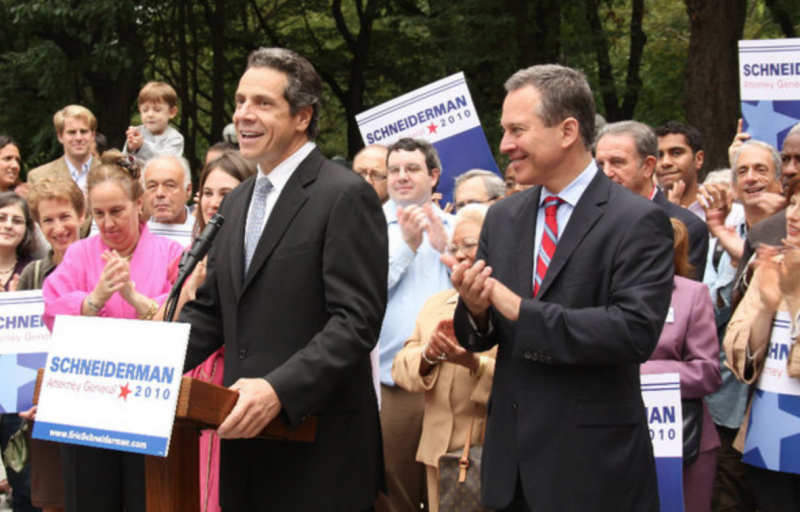
After failing to get a direct tax on opioid medication passed that would have made it more costly for patients, and driven up insurance costs for everyone in the state, New York Governor Andrew Cuomo turned to the Opioid Stewardship Fund concept during this year’s budget negotiations.
The fund is built on a $100 million annual fee, over six years, imposed on any companies that provide opioid medication in the state.
This rushed plan may have been more politically acceptable to legislators, but it is as bad, if not worse than a direct tax. Now that it is being implemented (poorly), its problems are becoming more clear. It’s no wonder the state has been sued.
Recently, the state attorney general requested a lawsuit be dismissed under the logic that the Stewardship system is just a tax. This totally misses the point of the lawsuit, and the problems with the fund.
Here are 7 reasons the Opioid Stewardship Fund is a disaster:
- The fee is arbitrary and unconstitutional. The Governor provided no reason why these companies owe $100 million to the state other than rhetoric. The state now is figuring out which companies owe what, but that is entirely based on volume of sales and activity in the state, not any due process to back the Governor’s blame claims. That is why the state has been sued by pharmaceutical distributors.
- It could cause a collapse of the market. The total amount owed never changes, it is a flat $100 million. So if one company that is being slammed with the fee determines it is not worth doing business in the state, then the remaining companies all pay more, causing a domino effect.
- Burden will impact commerce across state borders. The law says costs from the fee cannot be passed on to consumers. This is politically-convenient thinking that ends up interfering with interstate commerce. The costs have to go someplace, and the way the law is written sticks distributors with the tax bill because they are the ones physically operating in the state. If distributors hold shipments because it’s not worth sending them into New York, pricing and supply in other states will be impacted.
- The dream of the 1890s is alive in New York. Because some older drugs, like morphine, are exempted from the Stewardship scheme, these older opioids may continue to be sold in the state without issue. Oddly, it is more advanced, modern painkillers that could stall at the border. This would turn back the clock in a dangerous way.
- New Yorkers can pay now, or they will pay later. Many of the effects the state was warned about with a direct tax would still be on the table. A report from two Union College economists showed insurance premiums would go up for everyone in the state. Also, hospitals would see higher costs, and taxpayers would as well well since public hospitals are impacted by availability and cost issues for drugs and the state pays more for Medicaid.
- It was just a money grab, not a solution for a public health crisis. The Stewardship Fund does fund programs that are supposed to address the opioid crisis. However, it only replaces existing money, which could then be shifted to a different part of the state budget. The fund offers no new approach to fixing the opioid crisis. It seems to be more about Governor Cuomo finding more cash for spending increases that are higher than he admits.
- Patients will be pushed to the black market. Sadly, disrupting the supply of legitimate medicine could drive more New Yorkers to seek far riskier drugs. If patients in need of medicine can’t get it they may turn to options on the black market. Deaths from illicit fentanyl, largely from China and Mexican cartels, spiked to 5,000 in 2014 and rocketed to over 26,000 in 2017, according to Bloomberg News.

